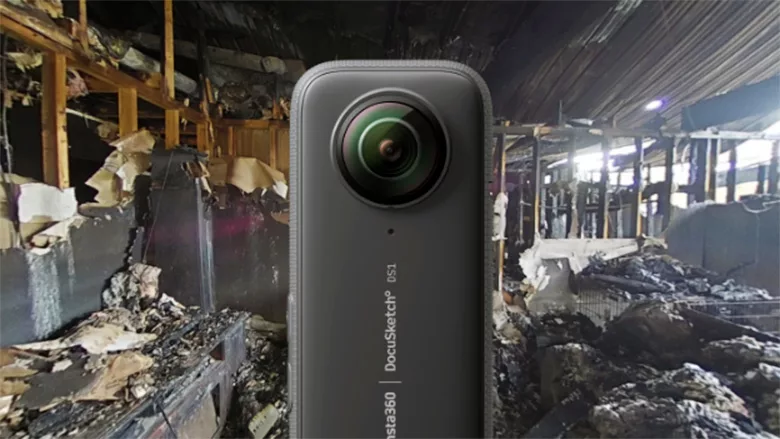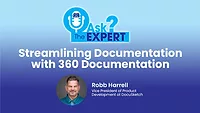Transforming Restoration Documentation with 360 Technology
Leveraging 360 Technology to Enhance Your Teams' Efficiency

Image provided by DocuSketch
Recently, I sat down with Robb Harrell, Vice President of Product Development for DocuSketch, to discuss the advancements in photo documentation through 360 technology.
Documentation is a crucial part of our day-to-day work. With 360 documentation, teams not only become more efficient and effective, but they also document an entire job site in minutes. This technology enables teams to take on more jobs, access all necessary information and, most importantly, enhance communication with homeowners and adjusters.
1. What are the key differences between immersive 360 documentation and older photo documentation technology?
Legacy photo documentation is static, fragmented and highly dependent on the technician’s judgment of what to capture. Immersive 360 documentation, like what we use with DocuSketch, provides complete spatial context, you don’t miss a detail because the entire environment is captured. It eliminates the need for hundreds of disconnected photos and lets any stakeholder “walk” the property virtually. It’s a game-changer for restoration professionals when they communicate the loss conditions.
2. What are some of the benefits to adopting immersive 360 documentation for documentation, sketching and estimating?
It improves everything speed, accuracy and transparency. With DocuSketch, a technician can capture a full job site in minutes. Sketches are generated rapidly with precision, and estimates can be turned around faster with less back-and-forth. It reduces friction with adjusters, supports remote approvals and ultimately increases profitability because documentation is standardized and trusted.
3. What challenges exist for restoration professionals looking to transition away from legacy tech to immersive 360 documentation?
The biggest hurdle is change management. Technicians are used to taking manual photos or sketching by hand, and some fear the technology will slow them down. But once they see how easy DocuSketch is to use and how it saves them hours of admin work, they’re usually bought in. Training and leadership buy-in are key. The good news is we have teams and resources that support adoption every step of the way.
4. What role does immersive 360 documentation play in disaster-recovery after extreme weather events like wildfires?
It plays a critical role. After catastrophic events, documentation must be fast, accurate and trusted by all parties. With DocuSketch, teams can document dozens of properties a day with complete visual records. It provides insurers with confidence to approve scopes quickly, helps validate total losses and protects both the contractor and homeowner from disputes. In these high-stakes scenarios, 360 documentation becomes your best tool for truth.
5. How can the industry drive stronger adoption rates of immersive 360 technology?
Education and proof of ROI. Once contractors see how 360 documentation reduces cycle time, increases estimate accuracy and helps them get paid faster, the value becomes obvious. Industry events, peer case studies and partnerships with major carriers all help drive adoption. And making sure the tech is easy to use like what we’ve built into DocuSketch, makes a huge difference.
6. Is there anything else we didn’t touch on today that you’d like the audience to know?
Yes, documentation is no longer optional or just a “check the box” step. It’s your strongest tool for communication, justification and protection. 360 technologies like DocuSketch don’t just streamline workflows, it builds trust with carriers, shortens claim cycles and ultimately boosts margins. If you’re not using it yet, you’re leaving money and protection on the table.
Looking for a reprint of this article?
From high-res PDFs to custom plaques, order your copy today!









